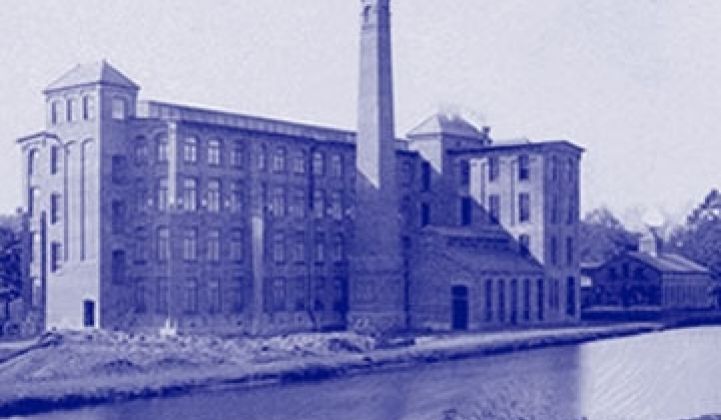Taiwan Semiconductor Manufacturing Co., the big, relentless and hugely successful semiconductor manufacturer, committed $318 million for LED and solar manufacturing facilities today.
Roughly $100 million will go into LEDs and another $218 million will go into solar. Groundbreaking on the solar facility is slated for later this year.
We've followed the TSMC saga for a while. Last year, the company said it would move into solar and LEDs and allocated millions to a venture group to plunk money into startups. Soon after it began to recruit execs and meet with VC firms on Sand Hill Road.
Then it bought a 20 percent stake in Motech, which makes solar cells. This year, it put $50 million into -- and signed a joint venture with -- Stion, the maker of copper indium gallium selenide solar cells.
Like Samsung, Panasonic, Sharp and Toshiba, TSMC is a large Asian conglomerate with a global sales team and, more importantly, extensive knowledge about logistics, factory management and supply lines, the kind of things the U.S. needs to relearn if it wants to bring greentech manufacturing back. The company is also more amenable to buying startups and working with them than some other Asian conglomerates -- it goes with the territory when you are a factory-for-hire -- so TSMC's push into green could ultimately work to the advantage of many U.S. companies. But make no mistake: TSMC is known for its relentless execution and speed. Traditional solar companies and LED makers will need to watch out for them.
And in other factory news:
--James Stoppert, the relatively new CEO of green chemistry specialist Rivertop Renewables, told us this week that the company will ideally start to produce its eco-friendly version of glucaric acid in the second quarter. Glucaric acid? It can be substituted for phosphates in detergent, which new regulations are sending into the sunset. Rivertop's catalytic process, the brainchild of a chemistry professor from the University of Montana, costs about one-third the price of making the material the traditional way.
It is about the same price as citric acid, but cleans dishes and clothes more effectively. (Citric acid isn't eco-friendly, either. Detergent makers don't squeeze oranges to get it -- they produce it in factories.)
"We will produce a better product at an equal or better price," he said.
As an added bonus, Rivertop could have a relatively simple path to FDA approval. The material has to be tested, but because it will be an ingredient in a larger product, most of the regulatory burden falls on the maker of the final product. The company came out of stealth at the Cleantech Open last year.
--In other solar news, AQT Technologies will show off its Sunnyvale, Calif. factory tomorrow. Governor Arnold is expected to attend. I am going to miss him dearly. Meg "Did you bring enough gum for the whole class?" Whitman and Jerry Brown just don't compare.
--Finally, Toyota said it has sold more than 2.68 million hybrids and will sell at least a million per year for the next few years. By the 2020s, hybrid drive trains could be an available option in all models.
Do you know how many Priuses Toyota sold in 1997? 323. It only sold 19,000 in 2000. I got those stats from a Toyota exec while touring the Toyota City factory in 2006. It was a remarkable place, where robots would sing and parts would fly around on conveyor belts. Read more about it here.



